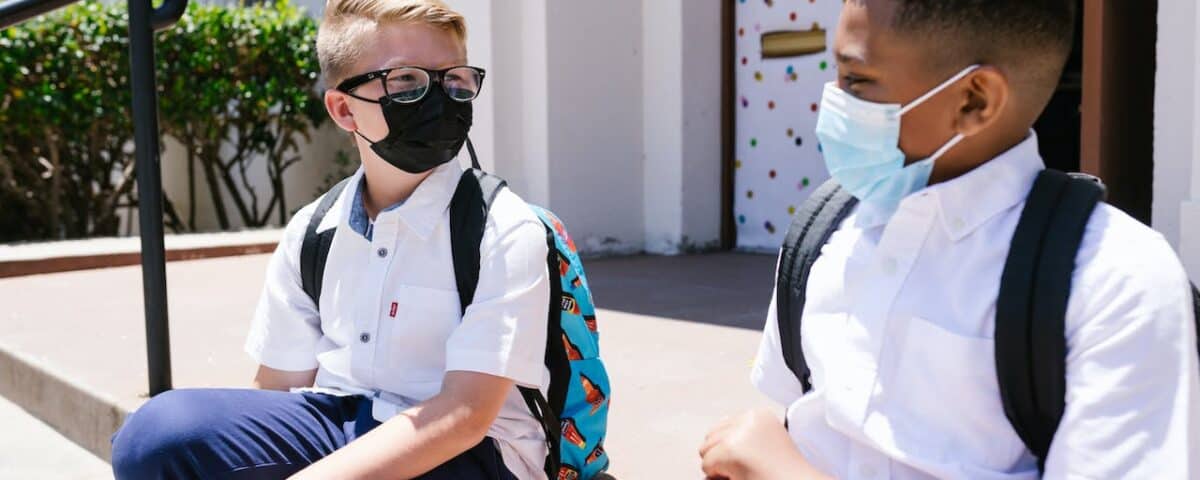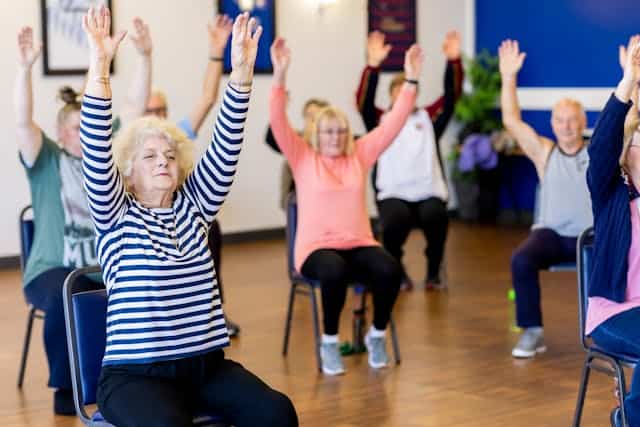
Physical activity and sedentary behaviour of adolescents and their parents: a specific analysis by sex and socioeconomic status
October 30, 2023
Mentally active but not inactive sedentary behaviors are positively related to adolescents’ cognitive-academic achievements, a cross-sectional study — The cogni-action project
November 13, 2023A paper titled “Children and youth’s movement behaviours differed across phases and by geographic region throughout the COVID-19 pandemic in Nova Scotia, Canada: an explanatory sequential mixed-methods study” was recently published in Journal of Activity, Sedentary and Sleep Behaviors. A summary of the article and citation details are re-posted below. The full article can be found here.
ABSTRACT
Background
Like many places globally, the health and well-being of children and youth living in Canada were significantly affected by the COVID-19 pandemic. Restricted access to the outdoors, schools, and public green spaces impacted children’s physical activity (PA), sedentary behaviour, and sleep. Restrictions changed throughout the pandemic, and children’s and youth’s movement behaviours may have been differentially affected based on time and place. This paper aimed to examine the impact of the COVID-19 pandemic on the movement behaviours of children and youth living in Nova Scotia (NS), Canada, over time and by geographic region using mixed methods.Methods
This study employed an explanatory sequential mixed-methods design. Secondary data from three repeated cross-sectional surveys of parent-reported demographic, movement, and geographic data of 291 children and youth aged 5–17 years were analyzed. Spatial cluster analyses were applied to identify geographic concentrations of children and youth who were more or less likely to meet the moderate-vigorous PA (MVPA) guideline during the pandemic. Semi-structured interviews were conducted with 14 Nova Scotian parents to understand their perspectives on their child’s movement behaviours during the pandemic. Interviews were analyzed deductively based on quantitative results using reflexive thematic analysis.Results
Our findings showed only 5.5% of children and youth were meeting all guidelines throughout the pandemic. Of the movement behaviours, screen time (ST) differed across the pandemic and by age and gender. Clusters of children and youth meeting the MVPA recommendation on fewer days were found in regions within NS’s three largest population centres (Truro, Sydney, and the Halifax Regional Municipality (HRM)), and clusters of those meeting the MVPA recommendation on more days were also identified in the HRM. From semi-structured interviews, themes indicated: (1) escaping screens during early parts of the COVID-19 pandemic and when weather was colder was hard; (2) having access to spaces to be active near the home helped facilitate children’s movement; and (3) higher socioeconomic status enabled more opportunities for movement.Conclusion
Overall, fewer public health restrictions led to more favourable movement behaviours and spatial and sociodemographic factors may have been at play. Decision-makers should consider these factors when identifying strategies to keep children active during future health crises.
CITATION
Campbell, J.E., Stone, M.R., Mitra, R., Locke, M., MacDonald, C., Preston, A., Feicht, R.A., Rehman, L., Kirk, S.F., Faulkner, G., Tremblay, M.S., & Moore, S. (2023). Children and youth’s movement behaviours differed across phases and by geographic region throughout the COVID-19 pandemic in Nova Scotia, Canada: an explanatory sequential mixed-methods study. Journal of Activity, Sedentary and Sleep Behaviors, 2(25), 1-15. https://doi.org/10.1186/s44167-023-00032-6
Photo by RDNE Stock project




